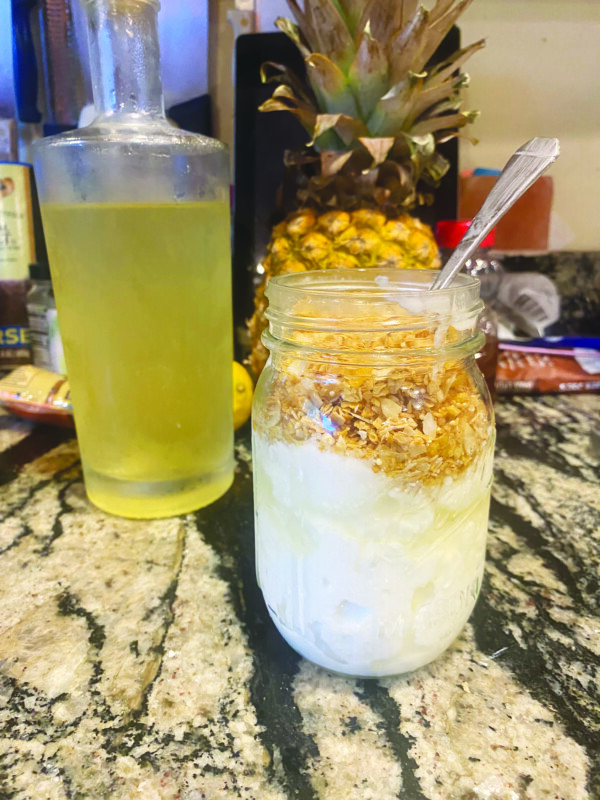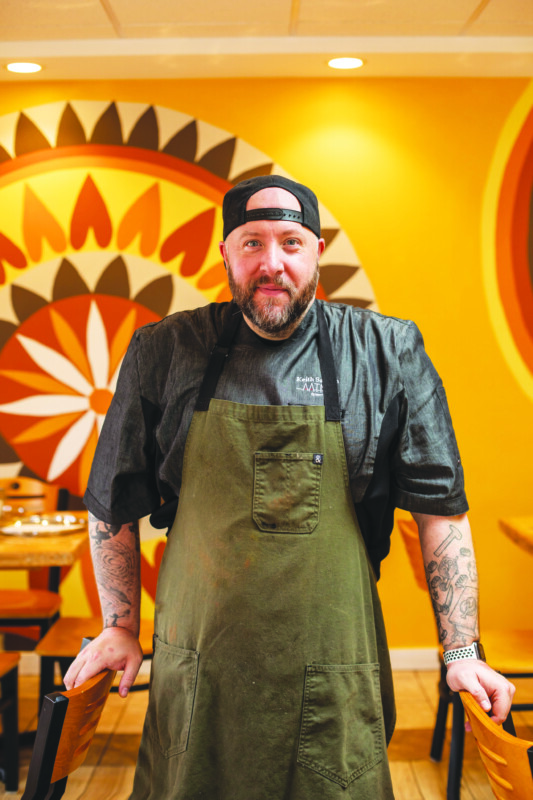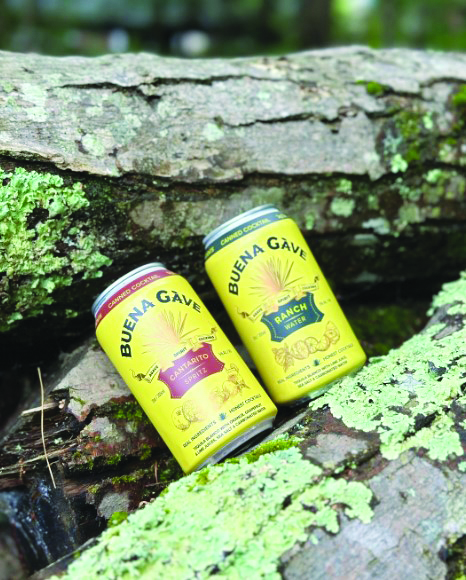Yogurt
- 1 half-gallon (1,900 g) whole milk
- 1 small container – 7 ounces or so – of plain yogurt; it doesn’t matter what brand, although I like Fage, but the ingredient label should say something like “Contains live active yogurt cultures” and then a list of their Latin names
Cucumber Syrup
- 1 large, flavorful cucumber, washed
- An equal amount, by weight, of white sugar
Equipment
- A food thermometer
- A medium-sized cooler. It could even be a disposable, Styrofoam one.
Sometime, an hour or so before bedtime, pour the milk into a saucepan, and cook it over medium heat to 190°F. Remove it from the burner, and keep an eye on it while you clean up the kitchen.
When the temperature of the milk has dropped to around 120°F, whisk in the container of plain yogurt. The “live cultures” the yogurt label referred to are strains of bacteria that feed on sugars in the milk and produce lactic acid, which thickens it up and makes it tangy. The live cultures you are adding to the warm milk have been living in the cold and dark for quite some time. When you plunge them into an infinite vista of untouched milk, they are going to behave much like a bunch of frat brothers given the keys to a brewery. They’re going to go a bit wild and put 110 percent of their effort into partying and reproducing.
Pour your proto-yogurt mixture into two one-quart containers, then place them in the cooler. To keep it warm, fill several bottles or jars with very hot water, and pack them around the yogurt jars. Wish everyone a good night, seal the lid, and go to bed.
The yogurt should do its thing for six to 12 hours. The longer the Bacteria Bros have to party, the more lactic acid they will produce, and the tangier the final yogurt will be. Open one of the jars and taste it. If it’s a little bland for your taste, refill the hot water bottles and leave the party to rage for a while longer.
You will end up with a very creamy full-fat plain yogurt. It will be about as thick as heavy cream. If you want to firm it up, drain it through a tea towel in a colander for half an hour or so. A lot of the liquid — “whey” is the official term — will drain off, leaving you with about a third less yogurt, but much thicker. When it’s at a consistency you like, put it in the refrigerator.
This is good yogurt — creamy, fresh and satisfying. But it is, as noted above, plain. If you’d like a sweeter, flavored yogurt, you could do a lot worse than hitting it with some cucumber syrup.
Before you make that face, consider that cucumbers are technically fruit.
Chop, freeze, and make a syrup out of a medium cucumber, with an equal amount of sugar. Strain it, and add it to your yogurt to taste.
Featured Photo: Photo by John Fladd.






